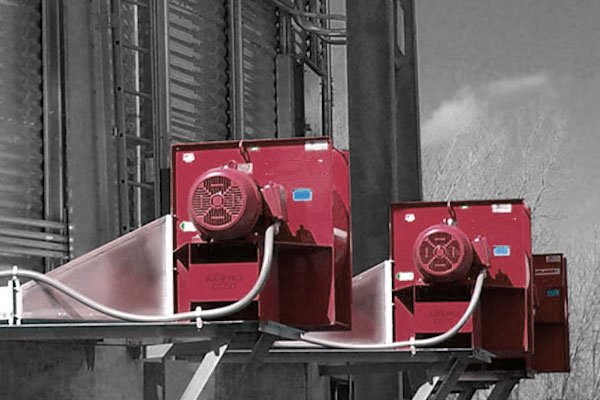Valves are very important to hydraulic systems. Valves direct and control how fluids flow. They also regulate pressure.
It is important to know what each of these valves does in your hydraulic system since it will make it easier to spot a problem when it occurs or even before it starts.
The Flow Control Valve
Flow control valves are used for adjusting and controlling the fluid as well as the gas flow throughout the system. It is responsible for controlling the liquid that is passed downstream.
All hydraulic systems will have a flow of fluid. However, there are times when this flow needs to be controlled to prevent the entry of liquids to the wrong components in the hydraulic circuit.
The flow valve also regulates the power that is available to the subcircuits.
The Pressure Control Valve
The pressure control valve works to control upstream pressure. By doing this it limits the amount of fluid that passes downstream.
Pressure control valves are in almost every hydraulic system. Pressure valves work to help keep system pressures below a certain limit.
There are two main types of pressure control valves. They are the pressure reducing valve and the pressure relief valve. Pressure relief valves control the pressure in the system by reducing some or all of the flow to the tank. Pressure reducing valves work to reduce the pressure supplied to subsystems within the hydraulic system.
The Differences Explained
A pressure control valve will open and close based on a set point that is usually determined by an engineer. The opening and closing of the valve are controlled by a pressure transmitter.
The pressure transmitter is an electronic gauge that sends signals to the pressure control valve to let it know if there is enough pressure entering the hydraulic system. The pressure control valve will open and close based on this information.
The flow valve does the same thing, the difference is that it sends signals to a flow transmitter. The flow transmitter will then communicate with the flow control valve to tell it whether it needs to open or close based on the amount of liquid that is required to keep the hydraulic system working.
The pressure and flow valves can look a lot alike and it may sometimes be hard for even those who are experienced in dealing with hydraulic systems to tell the difference between them.
Sourcing the Parts
Keeping your hydraulic system up and running is critical to productivity in your business for this reason you need to be able to identify problems before they start. This means you need to be familiar with what each does so you can identify what is not working.
In addition to knowing what the parts do and how to identify them, you need to be able to source the parts as quickly as possible. Always ensure that you connect with a supplier that can quickly get you the parts you need.
The quicker you can replace a faulty valve the sooner you can get your production line up and running and this will save you time and money.


Recent Comments